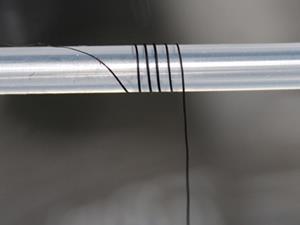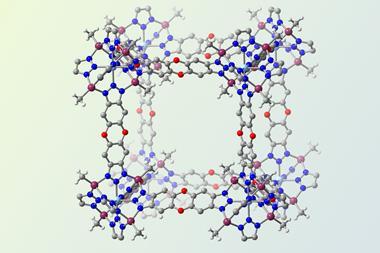A stretchy device with an unprecedentedly high actuation rate

Researchers in China are hoping to expand the unconventional applications of graphene with their introduction of graphene springs that can function as actuators.
Springs are fundamental components in numerous electronic and mechanical systems. Most commercial springs are made of metal. Carbon-based springs, however, are less advanced, but have the potential to be a lightweight option if their poor elasticity can be tackled.
Now, graphene springs made by Liangti Qu and colleagues, at the Beijing Institute of Technology, succeed where traditional carbon-based springs have failed.
They can be elongated to 480% of their original size and maintain a stable elasticity coefficient even after being stretched 100,000 times to 300% of their original size. ‘Whether you compress them or stretch them, the springs always recovers to their original state without obvious deformation,’ says Qu.
Qu explains that not only are the springs very light with high thermal and electrical conductivity, they are easy to functionalise and tolerant to harsh conditions. In this study, the springs were made to be around 10cm long but Qu says there is no limit on their length.
The springs were made by wrapping wet graphene fibres around a glass bar before annealing them at 500 °C. Applying a voltage causes the charged loops to repel each other and can elongate the springs to more than twice their original size. If the graphene springs are functionalised with magnetic particles they can be actuated in response to a magnetic field to act as magnetostrictive switches – a property the researchers demonstrated by incorporating a spring into a simple circuit containing an LED and a battery.
Functional materials specialist Liming Dai, of Case Western Reserve University, US, describes the work as interesting and elegant. ‘While these graphene fiber springs serve as ideal building blocks for the development of novel stretchable circuits, magnetostriction switches and large displacement actuators with an unprecedentedly high actuation rate – over 4 times faster than natural muscle – their practical applications will not be realised if there is no large-scale production capability for graphene fibre springs at a relatively low cost. Continued research and development in this exciting field will be of great value.’
References
This article is free to access until 19 September 2014. Download it here:












No comments yet